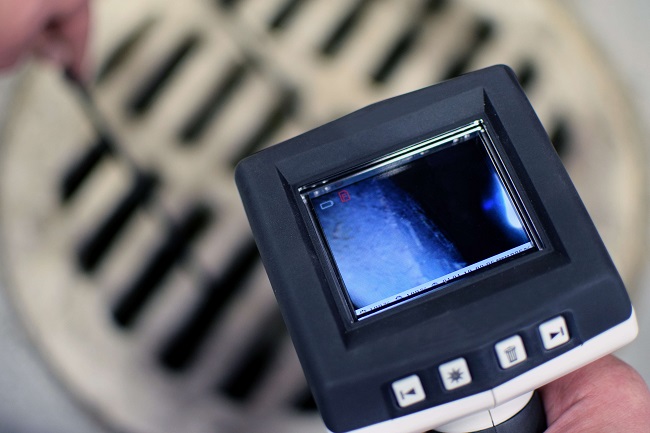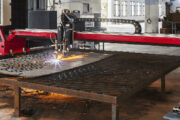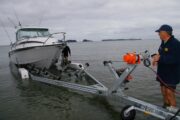An inspection camera is your set of eyes in spots that are entirely out of reach but you need to observe what’s going on in there. This device has a black-and-white or colour display and several LED lights to illuminate the work area. Once you maneuver the camera shaft into position, you can observe what the camera “sees” on its display. The more advanced models have all kinds of features for you to choose from, which may make your shopping experience a bit overwhelming. So, in order to avoid that from happening, here’s a bit help on the matter.

Camera Types
The simplest and easiest to use is the hand-held model, which comes with a built-in video terminal and a cable that connects directly to it. This cable can go up to 9 metres because it needs to be operable with one hand. In other words, they are meant to be used for small tasks, like checking under appliances or behind a wall. Compact camera systems are very durable, and they can have up to 30 meters of cable which can bend up to 90 degrees, making it easily portable for traveling. A sewer pipe inspection camera will quickly find and identify blockages or damages to stormwater drains, plumbing pipes, and sewer systems. There is a wide range of drain cameras for undertaking professional inspections on a range of drain and sewer pipes. There are low-cost solutions to fully featured pan and tilt cameras, which use high specification sensors for the ultimate video and still imaging in dark underground drainage and sewage pipes.
Probe
The length of probes usually stretches from 20 – 120 metres and if you need a longer one, you will also need a reel to make it easier to transport. The probe is usually made of PVC. This material is strong enough to be used for small tasks, however, it is not meant for a long day-to-day use because it can get worn out quickly. Kevlar braided probes, on the other hand, are more durable and can withstand 1 – 6 bar pressure and they have the option for the push rod to be either water or chemical-resistant or both.
Monitor/ Display
The size of the display and the resolution of the camera should not be far apart from each other, because if the resolution is lower than the screen size – everything will appear rather bulky and pixelated. Or, if it’s the other way around – everything will be super small and you won’t be able to see the depth and detail of the resolution of what the camera is recording. The right sewer pipe inspection camera display should be a bit wider than the resolution of the camera, and some of them may even be equipped with keyboards.
Additional Features
A DVDPak enables you to record inspections even in extreme weather conditions, thanks to its weatherproof and durable exterior. Plus, you can even put the recording on a CD to see it later. A digital reporting monitor will come in handy when you need a better image and video capture. It comes with a built-in keyboard which allows you to annotate the media. You can even record audio commentary, and thanks to its USB ports, you’ll have easy access to a great amount of storage space.


